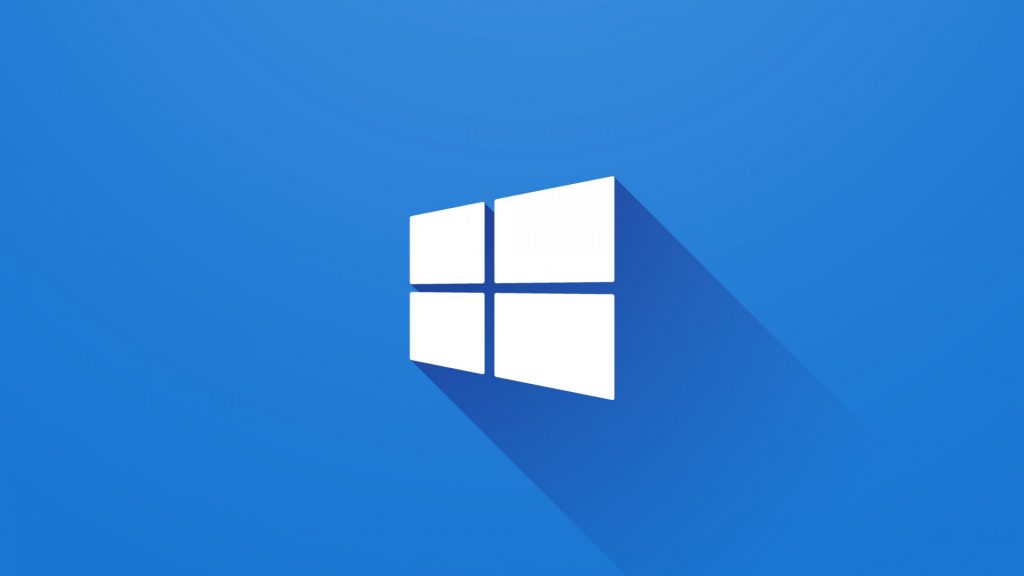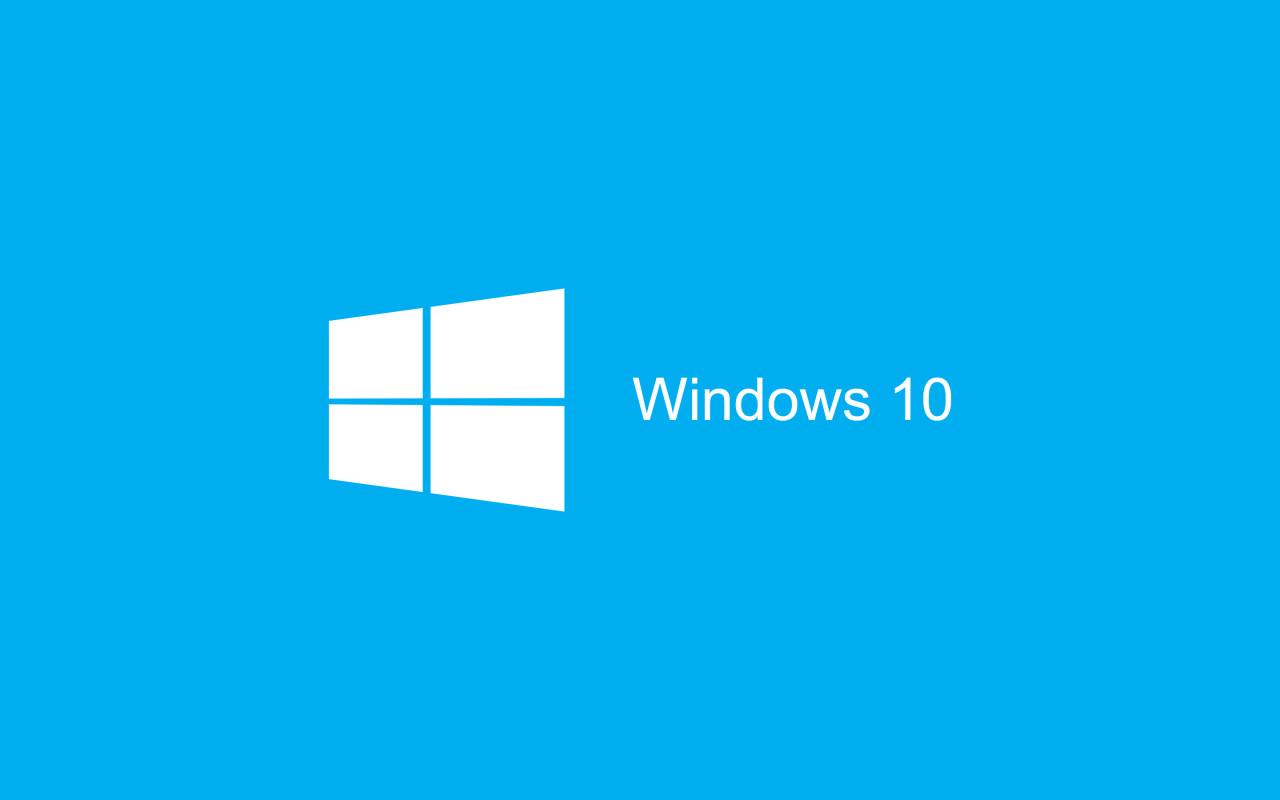System logs are invaluable tools for diagnosing problems and understanding the overall health of your Windows operating system. They provide detailed records of events, including hardware and software failures, system errors, and security warnings. Here’s a comprehensive guide on how to access and interpret system logs in Windows. What Are System Logs? System logs are […]
Tag Archives: Windows
Device Manager is a vital component of the Windows operating system that serves as a centralized hub for managing and monitoring the hardware devices connected to your computer. Whether you’re troubleshooting issues, updating drivers, or configuring device settings, Device Manager plays an essential role in ensuring that your hardware operates smoothly and efficiently. Here’s a […]
“God Mode” is an unofficial term for a special feature in Windows that provides users with a centralized control panel for accessing various settings and options. Officially known as the “Windows Master Control Panel,” this feature allows users to manage nearly all aspects of their system in one convenient location. If you’re interested in enabling […]
The Action Center is a crucial feature in Windows that acts as a centralized hub for notifications and quick access to essential settings. Introduced with Windows 10, this handy tool has evolved to streamline user experience and enhance productivity. Key Features of the Action Center How to Access the Action Center Accessing the Action Center […]
Accessing Safe Mode in Windows can be an essential step in troubleshooting various issues, from software conflicts to malware infections. Safe Mode allows you to start Windows with a minimal set of drivers and services, which can help you isolate problems and perform repairs. In this guide, we will walk you through the different methods […]
Upgrading from Windows 10 Home to Windows 10 Pro can provide you with additional features and enhanced security options that are essential for business environments and power users. If you’re considering this upgrade, here’s a guide on how to do it effectively. Step 1: Check System Requirements Before proceeding, ensure that your computer meets the […]
Hyper-V is a native hypervisor that allows you to create and manage virtual machines (VMs) on a single physical host. It enables you to run multiple operating systems concurrently on a Windows computer. With Hyper-V, you can create isolated environments for development, testing, and even running legacy applications. System Requirements for Hyper-V on Windows 10 […]
If you have recently upgraded to Windows 11 and find that it’s not to your liking, don’t worry. You can easily go back to Windows 10 with just a few simple steps. Here’s a step-by-step guide on how to revert from Windows 11 to Windows 10: Step 1: Backup Your Data Before proceeding with the […]


